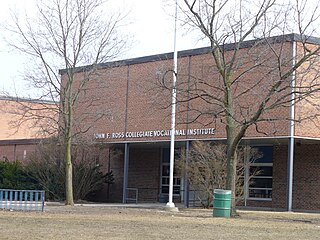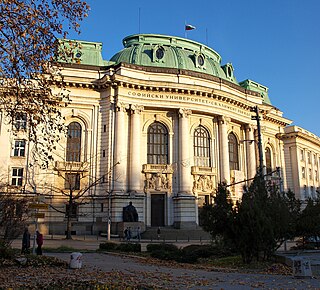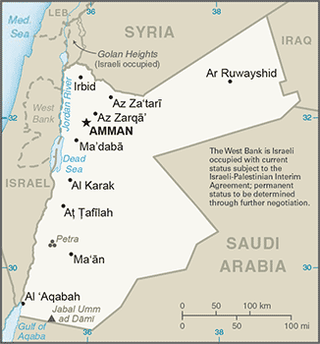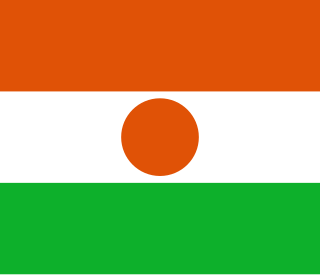Higher education
Senegal has diverse options of institutes for higher education with private and public universities. University-level instruction is only in French. In 2012 the Ministry of Higher Education in Senegal in cooperation with UNESCO’S Regional Office in Dakar launched a project to improve the quality of higher education in Senegal. This project will establish training opportunities, prepare guides for foreign students, research on existing systems of quality assurance, and assess employment needs. [10] Participants will discuss and learn from experts working in other African countries and throughout the world. [10]
Challenges facing higher education in Senegal
According to Hassana Alidou, the chief of the Basic to Higher Education Section for UNESCO Dakar states that despite some improvements since 2000, the higher education system in Senegal struggles to cope with several challenges, [10] such as the abundant student body attending the University of Dakar (UCAD). [10] The rapid generation of private institutes of higher education has also been cause for concern. [10] In addition, low performance and inadequate training resulting from a flawed system. [10] Senegalese higher education institutions must address the unequal access between men and women. [10] Lastly within the Senegalese system of higher education there is a matter of fraud in obtaining degrees. [10]
Gaston Berger University
L'Université de Saint-Louis was created January 1990 and was later renamed Université Gaston Berger in 1997. Its mission statement can be found in article one of the 96-597 decree of 10 July 1996 and states that the university's main goals are to create a class of highly skilled individuals who contribute to scientific research at the national and international level, as well as to promote and develop African cultural values. [11] The university is ten kilometers from the city of Saint-Louis and extends over 240 hectares. [11] The university employs 185 professors/researchers, 348 administrative and technical workers, and 5347 students enrolled in 2010–2011. [11]
Université du Sahel
The University of Sahel is a private institute for higher education in Dakar. In 2007 the university was validated by CAMES (Conseil africain et malgache pour l’enseignement supérieur) after their diplomas were determined to fulfill all the necessary requirements. [12] The university is composed of faculties, institutes, laboratories, and an administrative and education staff dedicated to teaching, research, and student life. [12]
Université Cheikh Anta Diop de Dakar
The Université Cheikh Anta Diop de Dakar was created 24 February 1957 and was officially inaugurated 9 December 1959. [13] It was renamed from the University of Dakar to Université Cheikh Anta Diop de Dakar in 1987. [13] Its focus is science and technical studies. [13] The university's motto is "lux mea lex".
École Supérieure Multinationale des Télécommunications
Ecole Supérieure Multinationale des Télécommunications (ESMT) is in Dakar and was founded in 1981. It is part of the United Nations initiative for development. [14]
Centre Africain d’Etudes Supérieures en Gestion (CESAG)
The CESAG was founded in 1985 by the CEAO (Conférence des Chefs d'Etat de la Communauté Economique de l'Afrique de l'Ouest) and was taken over by the BCEAO (Banque Centrale des Etats de l'Afrique de l'Ouest) in 1995. [15] Today the school offers management programs for business in the public and private sector.
Technical and Vocational Education and Training (TVET)

Technical and vocational training (TVET) addresses multiple demands of an economic, social and environmental nature by helping young people and adults to develop the skills they need for employment, decent work and entrepreneurship, promoting equitable, inclusive and sustainable economic growth, and supporting transitions to green economies and environmental sustainability. [16]
The Ministry of Vocational Education, Apprenticeship and Crafts (MFPAA) runs the major public TVET schemes in Senegal in conjunction with the Ministry of National Education (MEN). Over the last decades the system has gone through changes which have improved it. [16]
Several bodies provide training in the Senegal system (state, private, national and international bodies such as non-governmental organizations, NGOs). There are also different sources of funds. The following bodies play a major role: [16]
- Fund for Financing Technical and Vocational Training (Fonds de Financement de la Formation Professionnelle et Technique, FFFPT ), which manages the funds collected by the training levy;
- National Office for Vocational Training (Office National de Formation Professionnelle, ONFP), which is a training provider as well as other functions.
Other institutional bodies involved in the system: [16]
- The African Network of Vocational Training Funds and Institutions (RAFPRO) is a network of national funding institutions;
- Operational Repertoire for Occupation and Employment (Répertoire Opérationnel des Métiers et Emplois, ROAME) is a tool to enhance the quality of the TVET system.














